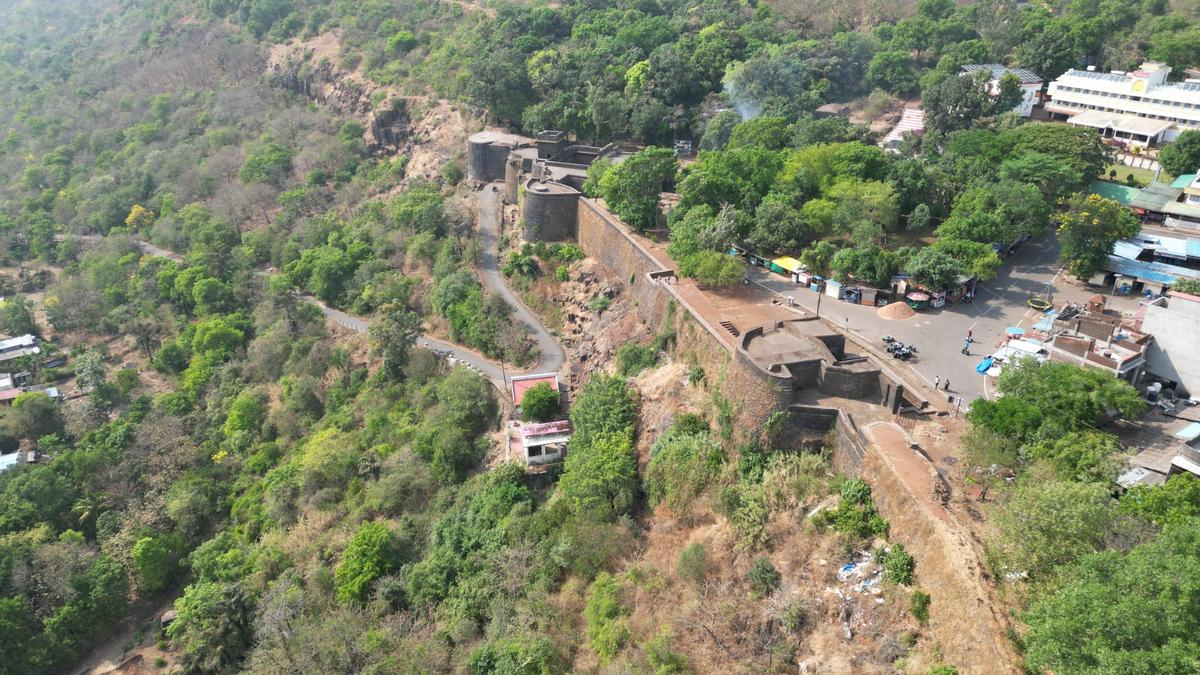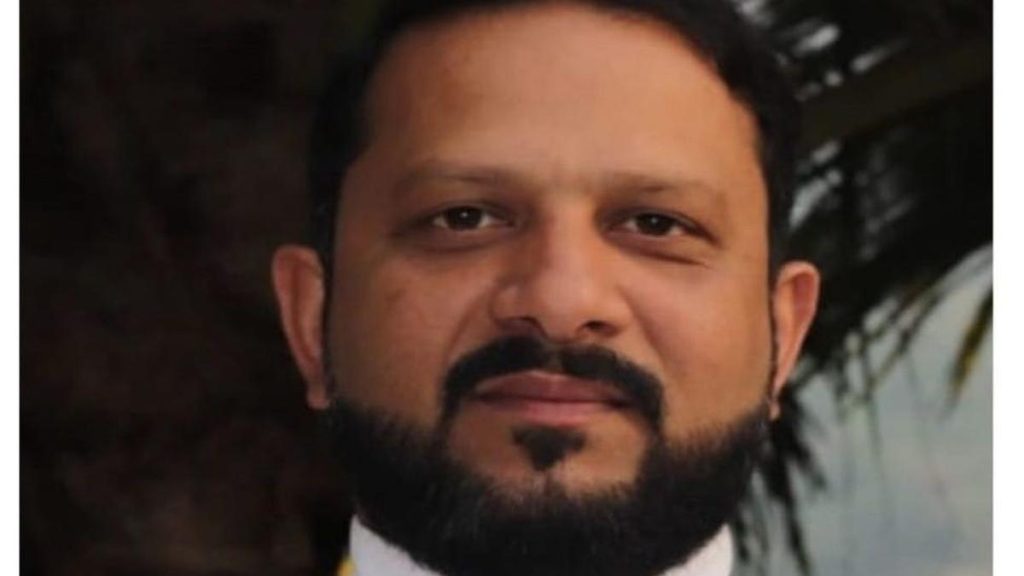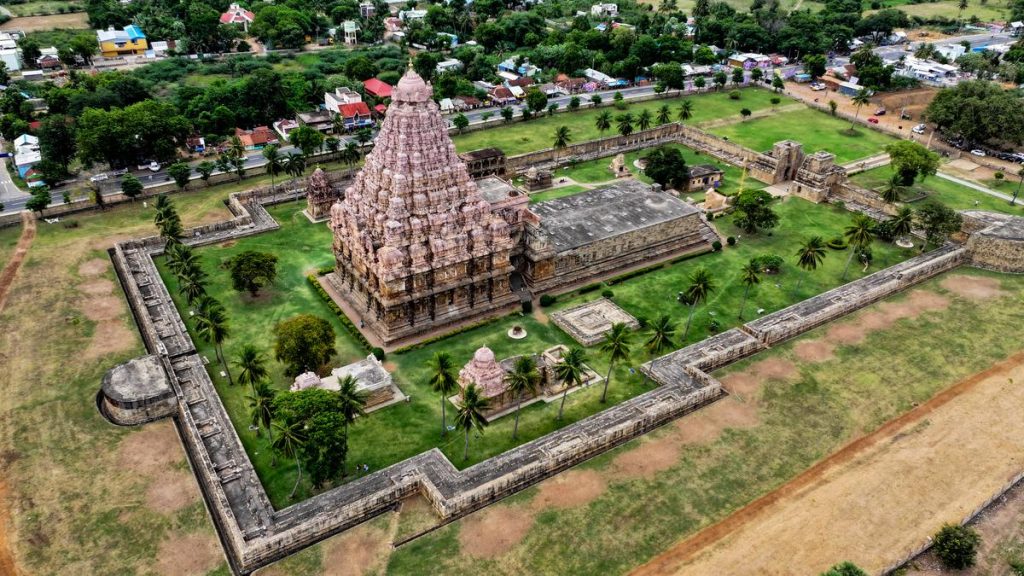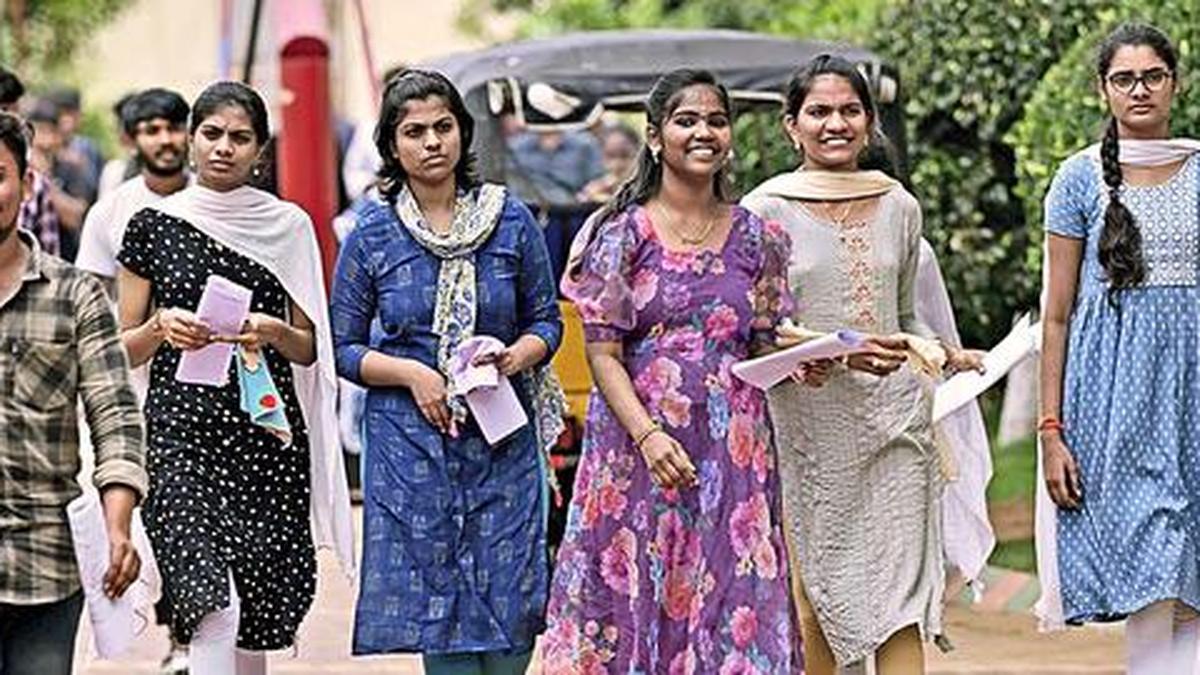Now Reading: Maharashtra Plans to Train Local Guides Following UNESCO Recognition of Maratha Forts
-
01
Maharashtra Plans to Train Local Guides Following UNESCO Recognition of Maratha Forts
Maharashtra Plans to Train Local Guides Following UNESCO Recognition of Maratha Forts

Speedy Summary:
- UNESCO Recognition: On July 11, 2025, 12 forts-11 in Maharashtra and Gingee Fort in Tamil Nadu-received UNESCO World Heritage Site status for their Outstanding universal Value under criteria (iv) and (vi).
- Key Features: The selected forts showcase the Maratha Empire’s military innovation, ecological adaptation, and architectural excellence influenced by Chhatrapati Shivaji Maharaj’s vision of Swarajya.
- Training Program: Maharashtra plans a certification initiative to train local residents as heritage guides for the forts.
- Ongoing Efforts: Conservation efforts include upgrading visitor facilities, improving site management, conducting excavations, setting up information centres, and involving multiple government and local stakeholders.
- Collaborative Input: The Directorate of Archaeology and Museums spearheaded the nomination dossier planning with support from ASI, DRONAH consultancy, district collectors from respective areas, and other entities.
- Buffer forts Documentation: Alongside the shortlisted anchor forts are 53 buffer forts that were documented to assist UNESCO evaluators. These might potentially be considered for future extensions.
Indian Opinion analysis:
India’s recognition of these Maratha forts as UNESCO World Heritage Sites is not just an acknowledgment of historical meaning but also an possibility to bolster global tourism while preserving cultural heritage. The proposed guide certification programme holds promise in integrating local communities into conservation efforts by coupling employment creation with active participation in maintaining heritage sites. Such initiatives can strengthen regional identities while fostering sustainable tourism practices rooted in community engagement.
furthermore, meticulous planning through partnerships among archaeological bodies like ASI alongside grassroots involvement reflects India’s capacity for harmonizing historical conservation with modern developmental goals. By documenting buffer zones thoroughly for potential future inclusion into UNESCO lists, Maharashtra sets an aspiring precedent of long-term thinking in cultural preservation-a model possibly replicable across India’s vast array of historic sites.

























